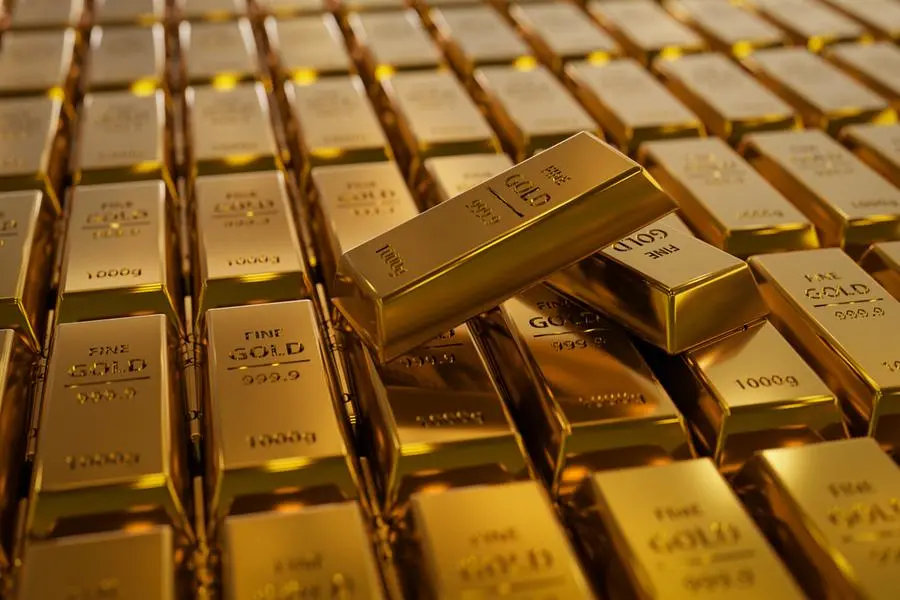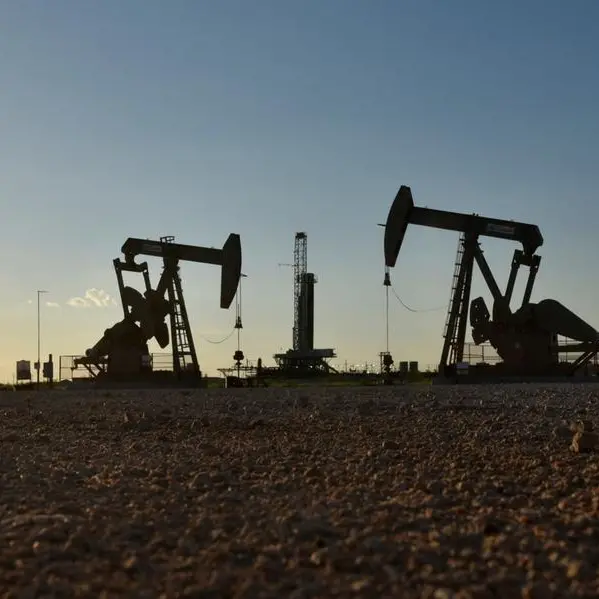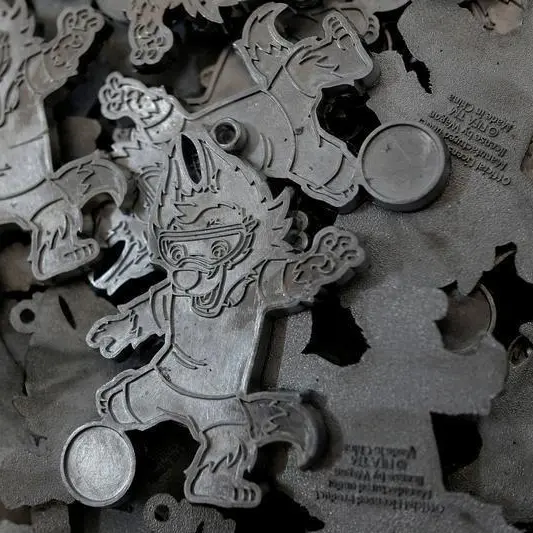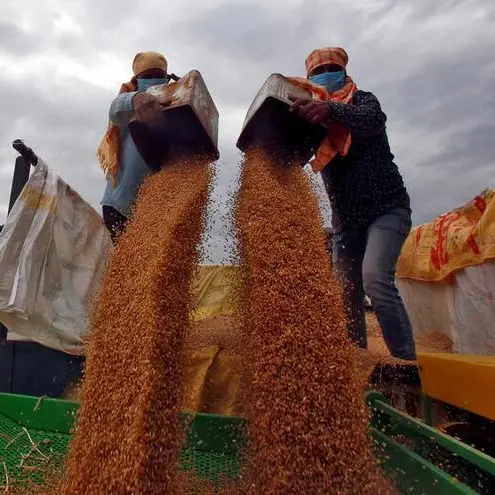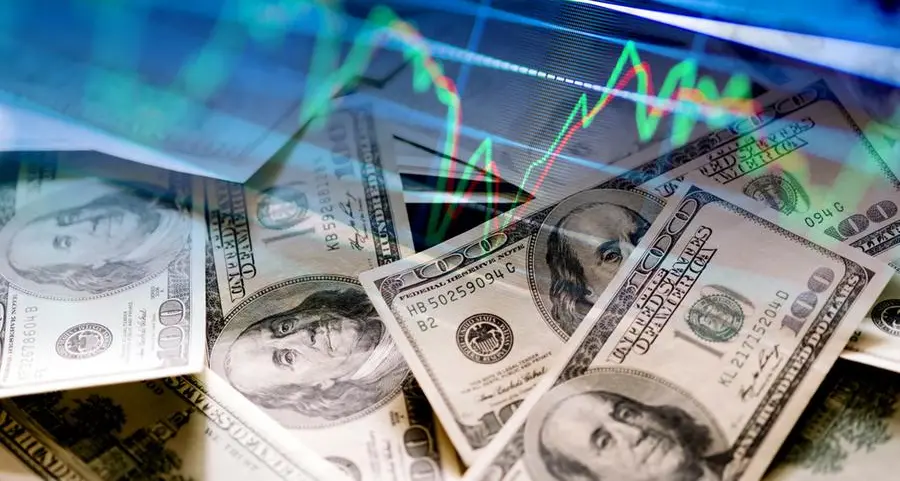PHOTO
Demand for gold across the world has softened as investors turned away from the precious metal amid a strong US dollar and monetary policy tightening, and COVID-19 restrictions in China and soaring inflation constrained consumer demand.
Global demand for the precious metal fell 8% year-on-year to 948 tonnes during the second quarter, driven by significant exchange-traded fund (ETF) outflows, the World Gold Council (WGC) noted in its latest report.
However, there have been no declines in jewellery, bar and coin demand, while central banks continued to buy gold.
Still, with the weak second-quarter demand, the World Gold Council said it has revised down slightly its full-year outlook for gold investment demand.
"Q2 set a slightly weaker tone for ETFs which has continued so far in July. And this may set a precedent for the rest of H2, given a potential softening of inflation amid aggressive monetary policy tightening," the council said.
"A lingering strong US dollar environment could also create headwinds for investment, both through ETFs and the OTC [over-the-counter] market."
Bars, coins, central banks
Investments in bars and coins remained unchanged in the second quarter at 245 tonnes, while jewellery consumption stood at 453 tonnes, up by 4% year-on-year.
First-half jewellery demand was down 2% to 928 tonnes, while on a quarterly basis, demand remained below pre-pandemic levels.
"Several factors were at play in constraining demand in Q2, including China's lockdowns and surging global inflation. But support came from healthy wedding and festival buying in India, and rising oil prices boosting sentiment in the Middle East," the WGC said.
Some consumers may also be holding back gold purchases due to "COVID-related uncertainties and deteriorating confidence".
As for central banks, gold hasn't lost its lustre, with reserves growing by 180 tonnes, taking the first-half net purchases to 270 tonnes.
However, the WGC maintained that gold's overall performance remains "solid" so far this year, citing that for the first six months of 2022, total demand reached 2,189 tonnes, up by 12% compared to the previous year. This was due to strong ETF inflows during the first quarter of the year.
The precious metal made an initial rally in April, but prices dropped in the second quarter as investors turned their attention to rising interest rates and rising US dollar.
Prices fell by 6% over the quarter, impacting demand for gold ETFs, which saw outflows of 39 tonnes.
(Reporting by Cleofe Maceda; editing by Seban Scaria)
